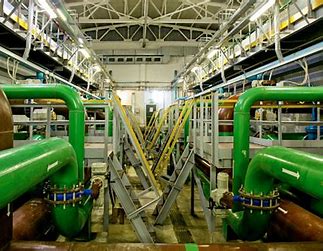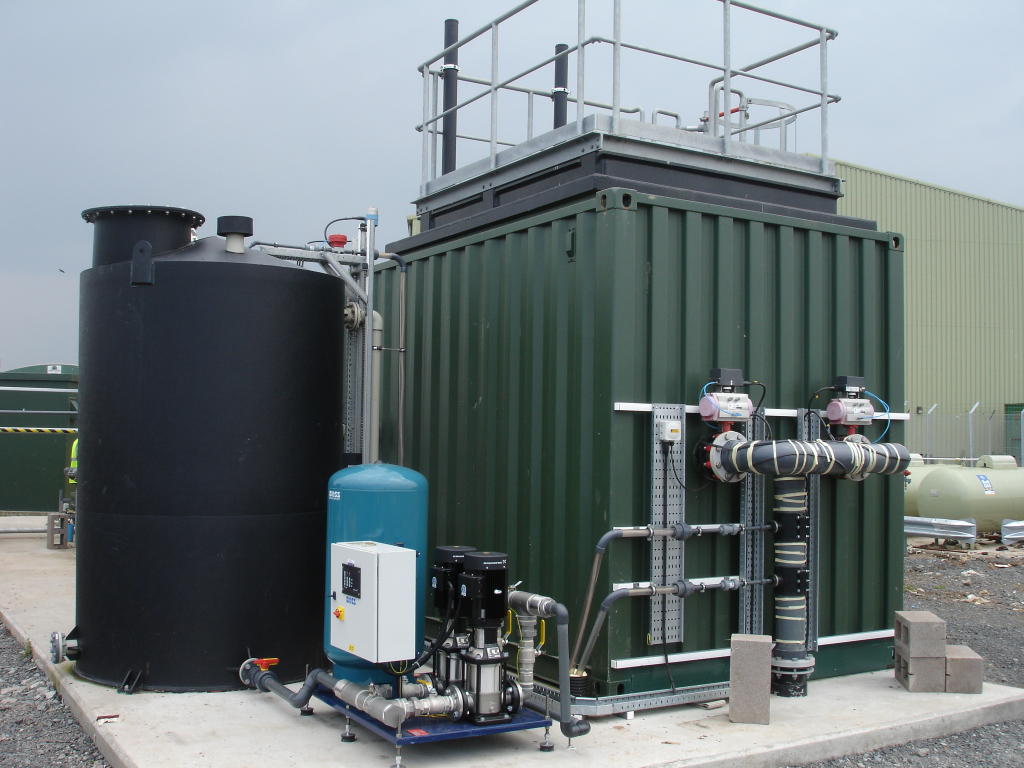
Introduction
Membrane Bioreactors (MBRs) have become an integral component of wastewater treatment systems due to their efficiency and effectiveness. This article provides an overview of MBRs, including their historical background, key concepts, main discussion points, case studies, current trends, challenges, future outlook, and conclusion.
Historical Background
Wastewater treatment techniques have evolved significantly over time. Initially, conventional methods such as sedimentation and biological treatment were employed. However, the introduction of membrane technology revolutionized wastewater treatment by offering enhanced filtration capabilities. This led to the development and adoption of Membrane Bioreactors (MBRs) in wastewater treatment, combining the biological treatment process with membrane filtration.
Key Concepts and Definitions
MBRs involve the use of membranes to filter and separate solid particles, microorganisms, and dissolved substances from wastewater. The activated sludge process, a widely used biological treatment method, is an essential component of MBRs. Other key terms and concepts related to MBRs include membrane filtration, which relies on the physical barrier of the membrane to separate contaminants, and fouling, the accumulation of particles on the membrane surface.
Main Discussion Points
Operating Principles of MBRs
MBRs operate based on a simple yet effective principle. Wastewater is treated through a combination of biological processes and membrane filtration. The biological treatment process involves the use of microorganisms to break down organic matter and remove contaminants. Membrane filtration mechanisms, including microfiltration and ultrafiltration, play a crucial role in separating suspended solids and microorganisms from the treated effluent.
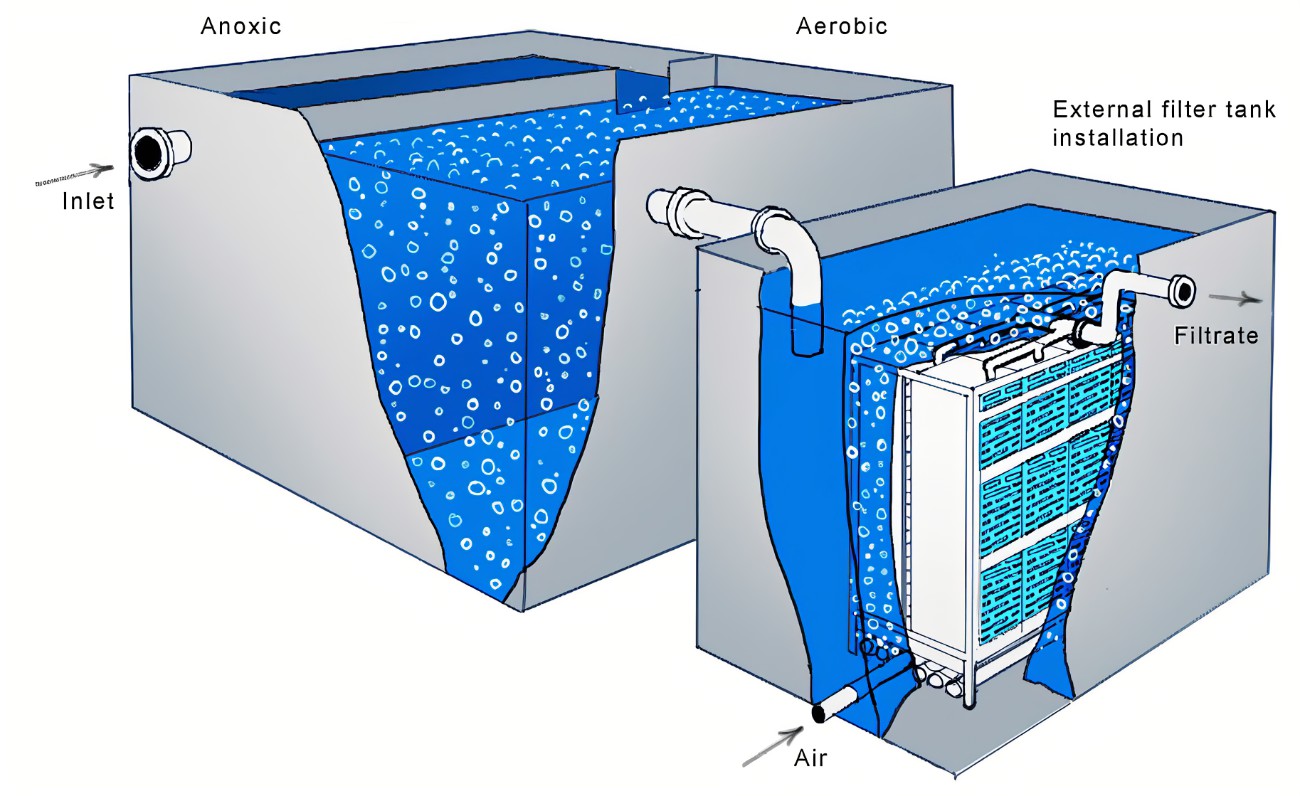
Advantages and Benefits of MBRs in Wastewater Treatment
MBRs offer numerous advantages over conventional wastewater treatment methods. Firstly, they provide enhanced treatment efficiency and quality, ensuring a higher removal rate of contaminants. Secondly, MBRs have a compact design, resulting in space-saving benefits, especially in urban areas where land availability is limited. Additionally, MBRs have the potential for water reuse and resource recovery, contributing to sustainable water management practices.
Challenges and Limitations of MBRs
Despite their benefits, MBRs also face challenges and limitations. Membrane fouling, caused by the accumulation of solids and microorganisms on the membrane surface, is a significant concern. Regular cleaning and maintenance are required to mitigate fouling and ensure optimal performance. Moreover, MBRs consume more energy and have higher operational costs compared to conventional methods. The complexity of MBR systems and scalability issues also pose challenges for widespread implementation.
Case Studies or Examples
Case study: Implementation of MBRs in a municipal wastewater treatment plant
In a municipal wastewater treatment plant, the implementation of MBRs resulted in significant improvements in effluent quality. The project aimed to achieve higher removal rates of contaminants and provide a sustainable solution. Through the use of MBRs, the plant successfully achieved its objectives, resulting in cleaner effluent and reduced environmental impact.
Case study: Industrial application of MBRs in the food and beverage industry
The food and beverage industry has specific wastewater treatment requirements due to the presence of organic matter and high levels of contaminants. MBRs have been successfully implemented in this industry, ensuring compliance with regulatory standards and reducing the environmental footprint. The use of MBRs has led to improved water quality and increased resource recovery.
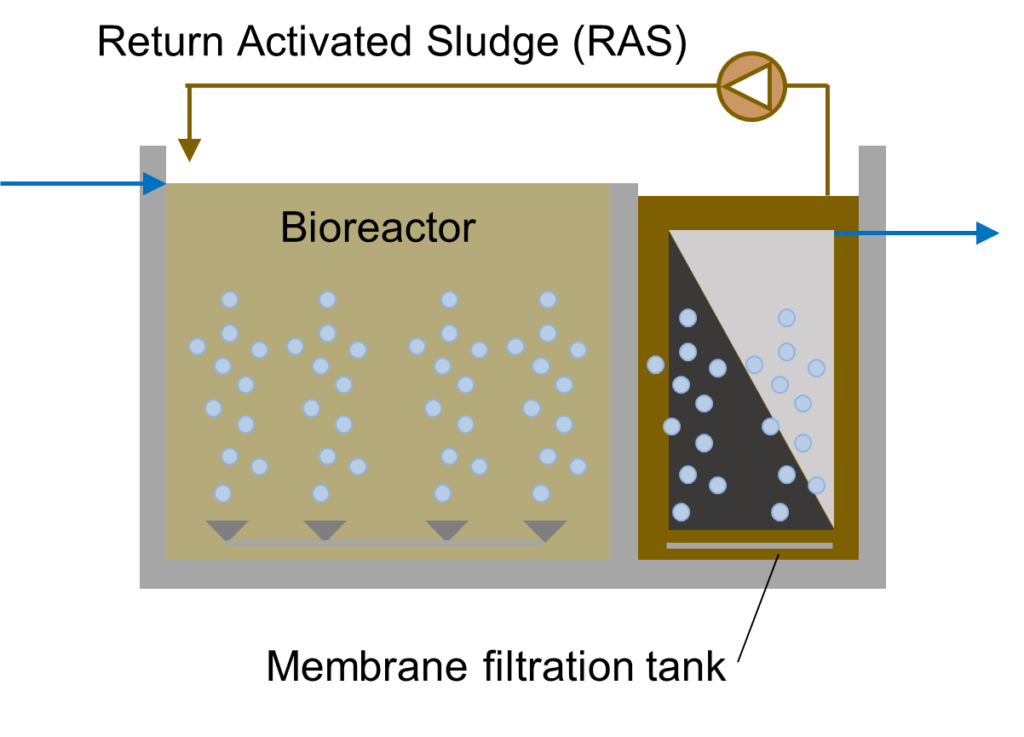
Current Trends or Developments
Advances in membrane technology for MBRs have led to improved performance and efficiency. Innovations such as the development of high-flux membranes and the incorporation of nanotechnology have shown promising results. Additionally, there is a growing trend of integrating MBRs with other treatment processes, such as advanced oxidation and disinfection methods. This integration allows for further removal of contaminants and improved overall treatment efficiency.
Challenges or Controversies
There is an ongoing debate regarding the cost-effectiveness of MBRs compared to conventional wastewater treatment methods. While MBRs offer enhanced treatment efficiency, their higher initial costs and operational expenses are a point of contention. The environmental concerns related to the disposal of concentrated waste generated by MBRs also raise debates on the sustainability of this technology.
Future Outlook
The future of MBR technology holds immense potential for advancements and innovations. Continued research and development efforts are expected to further improve membrane performance, reduce fouling, and enhance overall system efficiency. Furthermore, the integration of MBRs into smart wastewater management systems, utilizing real-time monitoring and control, will revolutionize wastewater treatment practices. MBRs will play a crucial role in addressing water scarcity and achieving sustainable development goals related to water management.
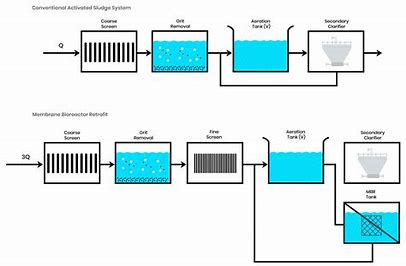
Conclusion
In conclusion, Membrane Bioreactors (MBRs) have become essential components of wastewater treatment systems due to their efficiency, compact design, and potential for resource recovery. Although challenges such as membrane fouling and operational costs exist, advancements in membrane technology and integration with other treatment processes continue to enhance the performance of MBRs. The future of MBRs is promising, with their potential to address water scarcity and contribute to sustainable development goals. Continued research and development efforts are necessary to unlock the full potential of MBR technology in improving wastewater treatment.




